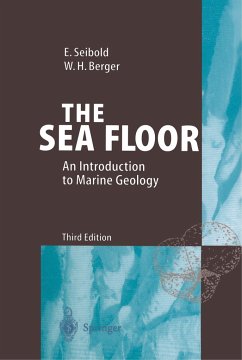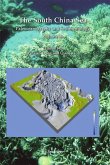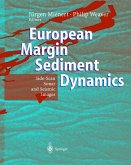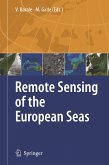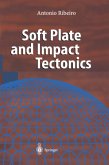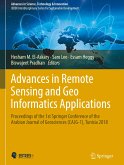Man's understanding of how this planet is put together and how it evolved has changed radically during the last 30 years. This great revolution in geology - now usually subsumed under the concept of Plate Tectonics - brought the realization that convection within the Earth is responsible for the origin of today's ocean basins and conti nents, and that the grand features of the Earth's surface are the product of ongoing large-scale horizontal motions. Some of these notions were put forward earlier in this century (by A. Wegener, in 1912, and by A. Holmes, in 1929), but most of the new ideas were an outgrowth of the study of the ocean floor after World War II. In its impact on the earth sciences, the plate tectonics revolution is comparable to the upheaval wrought by the ideas of Charles Darwin (1809-1882), which started the intense discussion on the evolution of the biosphere that has recently heated up again. Darwin drew his inspiration from observations on island life made during thevoyage of the Beagle (1831-1836), and his work gave strong impetus to the first global oceanographic expedition, the voyage of HMS Challenger (1872- 1876). Ever since, oceanographic research has been intimately associ ated with fundamental advances in the knowledge of Earth. This should come as no surprise. After all, our planet's surface is mostly ocean.
"This book is extremely readable for a non-geologist and is an extremely valuable source of information for all marine biologists interested in the interaction of their field with earth sciences." - Marine Ecology
"Seibold and Berger's book is a classic!" - Geo Journal
"Seibold and Berger's book is a classic!" - Geo Journal
Selected by Choice magazine as an Outstanding Academic Title for 2017
"The fourth edition incorporates a significant amount of new material, especially from geophysics and deep-ocean coring. ... This edition includes a short glossary used primarily to define phrases or point to their occurrence in the text. ... Summing Up: Highly recommended. Upper-division undergraduates and above; faculty and professionals." (L. S. Zipp, Choice, Vol. 55 (4), December, 2017)
"The fourth edition incorporates a significant amount of new material, especially from geophysics and deep-ocean coring. ... This edition includes a short glossary used primarily to define phrases or point to their occurrence in the text. ... Summing Up: Highly recommended. Upper-division undergraduates and above; faculty and professionals." (L. S. Zipp, Choice, Vol. 55 (4), December, 2017)

